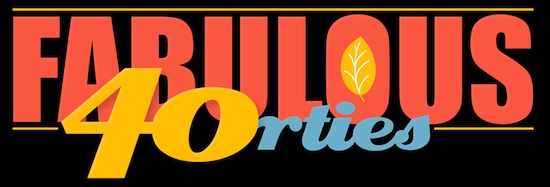by Eunice Trotter
Health
screenings are an important tool in detecting treatable diseases in older adults. When regular screenings occur, older adults can live
stronger, longer and healthier lives.
But only one in three adults actually take the effort to receive
such recommended screenings.
Some basic screenings are recommended for all older adults. However,
checking with your physician will assure you receive the screenings you need.
Some examples of recommended screenings include:
- High blood pressure screening - This can help detect the risk for heart disease and stroke, both of which are chronic, common conditions among older adults.
- Glucose level screening - These screenings help determine if the person’s glucose is higher than normal. Catching this condition early and making lifestyle changes could prevent the onset of diabetes.
- Low bone mass screening - More than 34 million older adults have low bone mass. If diagnosed early, treatment is available to strengthen bones before there are life-threatening fractures.
This Saturday, Apr. 28, the Spring Senior and Family Health Fair (9 am - 1 pm at Community Hospital East, 1500 N. Ritter Ave) offers free screenings to older adults. The health fair is sponsored by AmericanSenior Communities, WTHR, Touchpoint Healthy Life Transitions and CommunityHealth Network.
Along with free screenings, Dr. Robert Goulet and his team will offer a free special session on breast
care at 9:15 am, followed by and a
free session on how to treat joint pain at 11 am by Dr. Edward Todderud and Dr. Victor Egwu.
Limited appointments are also available for heart scans (cost is
$49); to schedule, please call 800-777-7775.
For more information about the Senior and Family Spring
Health Fair, please visit American Senior Communities at ASCSeniorCare.com.
Remember: Health screenings can help add years to your life. Don't miss out on free opportunities like this one!
Guest blogger Eunice Trotter is
the communications specialist for American Senior Communities.














